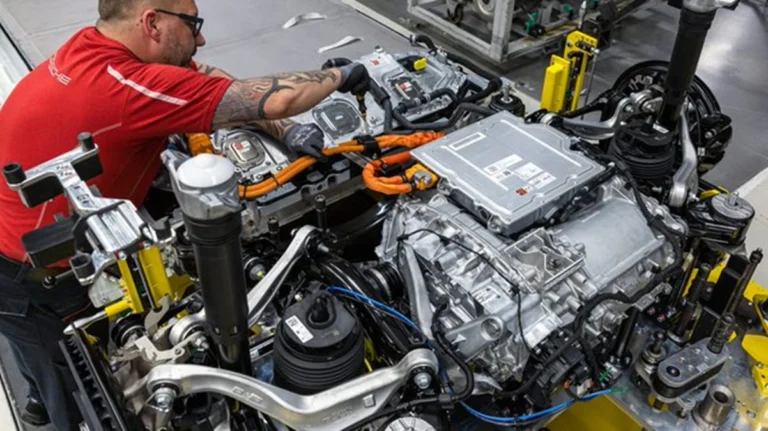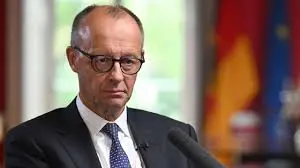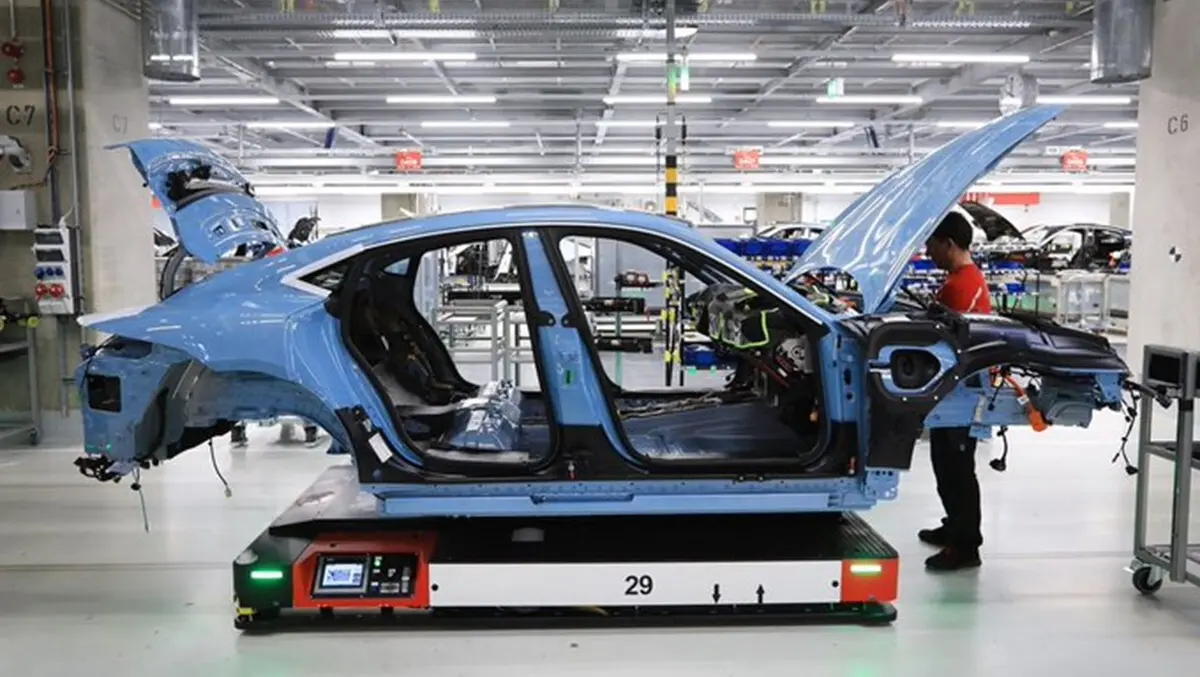Germany Hardens Trade Stance Amid Escalating U.S. Tariff Threats

X/ @PeterNBarker
July 25, 2025 Hour: 8:49 am
The EU’s largest economy is already feeling the pressure from rising trade tensions with the United States.
Germany is signaling a shift in trade stance toward the United States, as U.S. President Donald Trump plans to slap 30 percent tariffs on a wide range of EU goods starting Aug. 1. Once a key advocate of negotiation within the bloc, Germany is now adopting a firmer tone, aligning more closely with France in calling for a stronger response.
RELATED:
Brazil Readies Contingency Plans as Trump Tariff Threat Looms
Experts noted that the shift reflected mounting frustration with the Trump administration’s unilateral demands and a shrinking space for compromise. It may help the EU close ranks and pave the way for a more unified trade strategy in the weeks ahead.
GERMANY STANDS OUT
The change came after Trump announced plans to impose a 30 percent tariff on EU imports, citing what he called “non-reciprocal” trade practices and barriers. The new levy would come on top of existing tariffs of up to 50 percent on EU steel and aluminum, and 25 percent on autos.
According to the Financial Times, Trump is also pushing to set a 15 percent to 20 percent minimum tariff threshold in any potential agreement, well above the previous EU baseline of around 10 percent. One senior EU diplomat said such a demand could leave Brussels with no option but to consider strong countermeasures.
The shift in tone has been particularly stark in Germany, where officials have expressed growing frustration with the U.S. approach. Germany was reportedly “infuriated” after learning that Trump administration not only rejected concessions on automobile tariffs but also sought to raise baseline rates.
German Chancellor Friedrich Merz, who had previously advocated a negotiated solution, warned that escalating tariffs could severely harm Germany’s export-reliant economy.
Vice Chancellor and Finance Minister Lars Klingbeil, speaking on the sidelines of the G20 finance ministers’ meeting last week, declared: “There will be no deal at any price. There should be no victory at any price.”
The European Commission is now weighing whether to activate its Anti-Coercion Instrument if talks fail before Aug. 1. The mechanism, never previously used, would allow the EU to impose trade and investment restrictions in response to economic pressure from third countries. Germany formally expressed support for the tool on July 18, according to The Wall Street Journal.
MOUNTING ECONOMIC PRESSURE
Germany, the EU’s largest economy, is already feeling the pressure from rising trade tensions with the United States. The country relies heavily on exports to the United States, its top export market, particularly in high-value sectors such as autos, machinery, chemicals and pharmaceuticals.
That reliance is now turning into a liability. German exports to the United States fell 7.7 percent in May, hitting the lowest level in over three years, according to data from the German Federal Statistical Office. Imports from the United States dropped 10.7 percent in the same period.
Germany’s economy contracted in both 2023 and 2024. Several institutes have cut 2025 growth expectations to zero, citing U.S. trade policy as a key risk.
A report from the country’s Macroeconomic Policy Institute warned that a 30 percent tariff hike by the United States could stall German growth in 2025, limiting 2026 expansion to around 1.2 percent. The United States accounts for nearly 10 percent of Germany’s total exports. Any further drop in American demand could significantly weaken Germany’s already fragile recovery.
“If Trump’s tariff plan moves ahead, we estimate it could cut 0.5 to 0.6 percentage points from GDP,” said Moritz Schularick, president of the Kiel Institute for the World Economy.
Zheng Chunrong, director of the Center for German Studies at China’s Tongji University, noted that Germany’s long-standing preference for dialogue and free trade within the EU is being tested as economic vulnerability persists and Washington’s pressure mounts.
Zheng said the German government’s reassessment of its trade stance reflects growing concerns that any further escalation could derail the fragile recovery pursued by the country’s new administration.
STRATEGIC CALCULUS
Experts noted that the Trump administration’s use of tariffs as leverage reflects a broader transactional approach to foreign policy, often compared to economic blackmail. In response, trade partners including Brazil, Japan and the EU have begun pushing back, adopting firmer positions to defend their interests.
Juergen Matthes, an expert at the German Economic Institute, argued that Trump could be overestimating his leverage. The expert said more than half of U.S. imports are intermediate goods, and many of German-made industrial equipment have few viable substitutes in the United States.
German firms in sectors such as machinery, electronics, chemicals and pharmaceuticals have strong pricing power. Matthes said, adding they are likely to pass higher tariff costs on to American buyers.
Germany’s tougher tone reflects growing frustration as talks with Washington stall, analysts said. While Berlin still prefers a negotiated outcome, it is now preparing to push back if needed.
Still, both sides have left the door open. U.S. Commerce Secretary Howard Lutnick recently said a deal remains possible. The European Commission also reaffirmed on July 20 its commitment to dialogue.
Germany’s shift could also shape EU’s internal dynamics. A champion of free trade and institutional predictability, Germany’s tougher stance may influence more member states to support a coordinated and firm response to U.S. pressure.
teleSUR/ JF
Source: Xinhua






